Licensing as a business model
You may be interested in starting a new business, expanding an existing business (extending your territory or the nature of business) or improving the market position of your SME by increasing the quality or availability of your goods or services. In many situations, licensing of intellectual property rights is an effective tool for achieving these business goals.
Licensing started in its modern form in the 1930s when Herman Kamen obtained the licensing rights to Walt Disney properties. It has since developed into a highly sophisticated business model worth trillions at retail sales level.
A licensing agreement is a collaboration between an intellectual property rights owner (the licensor) and another who is authorized to use those rights (the licensee) in exchange for an agreed payment (usually a fee or royalty). Depending on the nature of the rights being licensed, these agreements might take the form of a:
Patent licence
Trade secret licence
Copyright licence
Trade mark licence
Franchise agreement
Licensing may provide a low (or lower) risk way to derive additional value from your intellectual property assets. Compared to the huge investment required to establish new manufacturing plants or to grow a trade channel in a new country, the cost of developing a licensing program is comparatively small. Further, if you are careful in selecting and then controlling your licensees, then you may be able to reduce many of the risks that you would otherwise face in launching a new product in a new market. Your licensee will hopefully have a great track record with new product launches, have established trade channels, a significant marketing budget and local knowledge – that is, skills and resources that you do not have.
Depending upon the exclusivity of the licence, there are varying degrees of risk involved for the licensee and licensor; however, an effective licensing strategy will minimize risk for both parties.
Before a company considers licensing out its technology, however, it should consider whether other ways of taking advantage of its property, such as joint ventures and strategic alliances with other companies, would better complement its economic position. Once licensing is decided upon as an appropriate commercialisation model, the nature of the company as well as the particular property it wishes to commercialise should be carefully considered before deciding the architecture of the licence.
Licensing can be used to generate bottom line growth from licensees:
entering new geographic markets beyond your capabilities
taking core technology into new applications or fields of use that are not of interest to you
using non-core technology that is not being employed by you
exploiting a market vertical in which you have limited capabilities.
Because there is no capital outlay and few operating expenses in executing a licensing program compared to deploying the innovation yourself, the additional revenues generated in the licensing program have a very high profit margin.
Every licence agreement is essentially a reallocation of risk and reward associated with commercialisation of the product/service in question. The licensing strategy should address how each risk is most efficiently allocated – who is best placed to bear this risk and when?
Depending on what is being licensed, when and where, there will be different risks associated. Has the product been made and sold before? In this market? For this particular application? Is there further development required? What further support or input is required from the licensor and is the licensor capable of providing that? What experience does the licensee have in this particular field or country?
Other key issues that will need to be addressed include:
Will either the licensor or licensee be making improvements to the product/service, who will own these improvements and will they also be made available and on what terms?
What happens in the event pending IP rights are not granted?
Who will bear the cost of enforcement of the IP and will the licensee have the right to enforce in its own name?
What will be the duration of rights?
Will the rights be exclusive or not?
What performance requirements will be imposed on the licensee and what will be the ramifications of not meeting those performance requirements?
Who will be responsible for IP costs and decisions about the scope of new protection?
What announcements or publicity concerning the agreement will be permitted?
Whose brands will be used?
Both parties should feel that the financial terms of the agreement suit them. The licensor should not expect to earn royalties in excess of the value it can expect a given technology to add to the product of the licensee. If the licensor is too greedy in the licence terms it seeks, it will create incentives for the licensee to explore working around the intellectual property. There are certain industry expectations and rules of thumb that are often used as starting points in negotiations, and these should be properly understood with substantiated reasons for departing from them prepared in advance.
Licensing has the ability to significantly and quickly expand the overall market penetration of the product. While the licensee will take the lion’s share of the increased revenue, they also take the greatest risk. The key is ensuring that the licensor’s slice of the additional revenue is greater than what it could reasonably achieve on its own, within its own risk profile.

